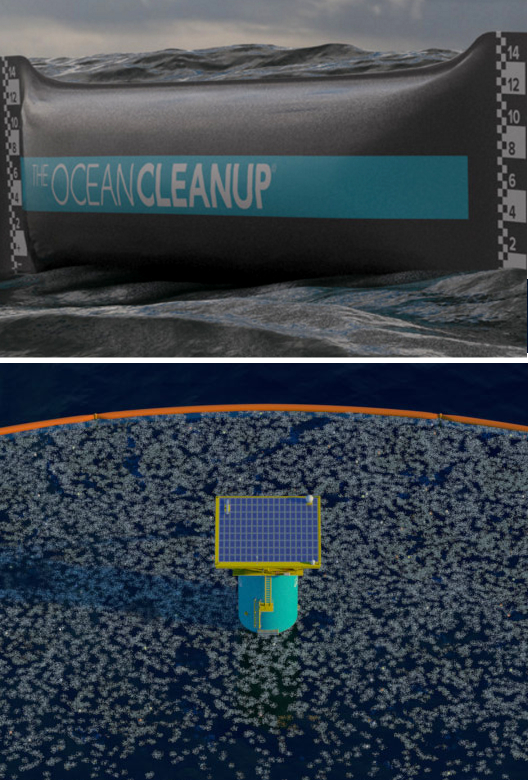Plastic-eater's big test begins
 Dutch engineers are testing technology that could clean the giant pool of garbage choking our ocean.
Dutch engineers are testing technology that could clean the giant pool of garbage choking our ocean.
A 100-metre-long prototype ocean cleaning system has been deployed in the North Sea, where it will act as an artificial coastline to catch and concentrate debris.
The large structures - known as the Ocean Cleanup system – are anchored in place and collect plastic from ocean currents moving through them, instead of using mobile vessels to scour the oceans.
The Ocean Cleanup team says it is aiming for “the largest clean-up in history”, with a 100-kilometre full system planned for 2020.
But the latest prototype is not designed to test the plastic-extraction abilities; rather, it is being used to find out if the devices can stand up to the North Sea's rough currents.
The system will need to be incredibly robust to survive for years out in the Pacific.
The project has been financed primarily through crowdfunding and donations.
The Dutch Government is now on board too, stepping in to help pay for the 1.5-million-euro ($2.23-million) prototype.
There are even some private companies looking to buy the collected plastic waste.
A lot of the materials that end up swirling in the Great Pacific Garbage Patch were once high-quality plastics, and researchers are looking at a variety of new ways to recycle them.
With estimates of potentially millions of tonnes of plastic in the Patch, the Dutch team says selling the recovered materials could be a great source of revenue.








 Print
Print